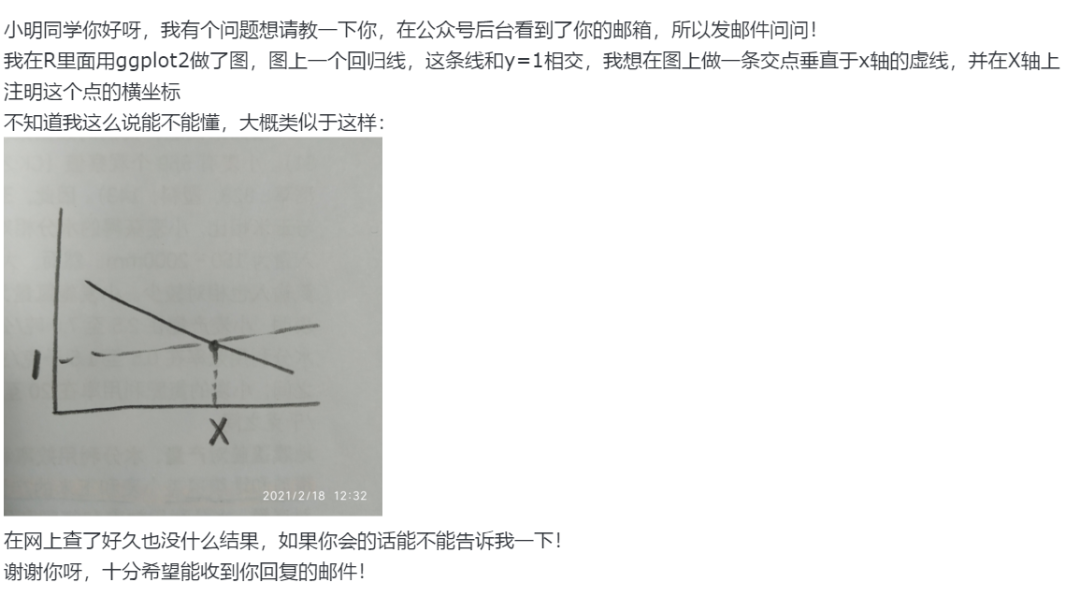我正想通过有效的Java的书,对我今后的参考创建笔记,我碰到Builder模式。
嗯,我明白它是什么,它是如何假设是used.In的过程中,我创建的生成器模式的两个示例的变化。
我需要在上市下来的差异和优势,每个人都有帮助? 以及我肯定注意到, Example 1通过允许更灵活地使用限制较少和更通用的暴露较少的方法,在那里,在那里。
请指出其他的事情我错过了什么?
实施例1
package item2;
/**
* @author Sudhakar Duraiswamy
*
*/
public class Vehicle {
private String type;
private int wheels;
interface Builder<T>{
public T build();
}
public static class CarBuilder implements Builder<Vehicle>{
private String type;
private int wheels;
CarBuilder createVehicle(){
this.type= "Car";
return this;
}
CarBuilder addWheels(int wheels){
this.wheels = wheels;
return this;
}
public Vehicle build(){
Vehicle v = new Vehicle();
v.type = type;
v.wheels = wheels;
return v;
}
}
public static class TruckBuilder implements Builder<Vehicle>{
private String type;
private int wheels;
TruckBuilder createVehicle(){
this.type= "Truck";
return this;
}
TruckBuilder addWheels(int wheels){
this.wheels = wheels;
return this;
}
public Vehicle build(){
Vehicle v = new Vehicle();
v.type = type;
v.wheels = wheels;
return v;
}
}
public Vehicle(){
}
public static void main(String[] args) {
//This builds a car with 4 wheels
Vehicle car = new Vehicle.CarBuilder().createVehicle().addWheels(4).build();
//THis builds a Truck with 10 wheels
Vehicle truck = new Vehicle.TruckBuilder().createVehicle().addWheels(10).build();
}
}
实施例2
package item2;
/**
* @author Sudhakar Duraiswamy
*
*/
public class Vehicle2 {
private String type;
private int wheels;
interface Builder<T>{
public T build();
public String getType();
public int getWheels() ;
}
public static class CarBuilder implements Builder<Vehicle2>{
private String type;
private int wheels;
public String getType() {
return type;
}
public int getWheels() {
return wheels;
}
CarBuilder createVehicle(){
this.type= "Car";
return this;
}
CarBuilder addWheels(int wheels){
this.wheels = wheels;
return this;
}
public Vehicle2 build(){
return new Vehicle2(this);
}
}
public static class TruckBuilder implements Builder<Vehicle2>{
private String type;
private int wheels;
public String getType() {
return type;
}
public int getWheels() {
return wheels;
}
TruckBuilder createVehicle(){
this.type= "Truck";
return this;
}
TruckBuilder addWheels(int wheels){
this.wheels = wheels;
return this;
}
public Vehicle2 build(){
return new Vehicle2(this);
}
}
public Vehicle2(Builder<? extends Vehicle2> builder){
Vehicle2 v = new Vehicle2();
v.type = builder.getType();
v.wheels = builder.getWheels();
}
public Vehicle2(){
}
public static void main(String[] args) {
//This builds a car with 4 wheels
Vehicle2 car = new Vehicle2.CarBuilder().createVehicle().addWheels(4).build();
//THis builds a Truck with 10 wheels
Vehicle2 truck = new Vehicle2.TruckBuilder().createVehicle().addWheels(10).build();
}
}






